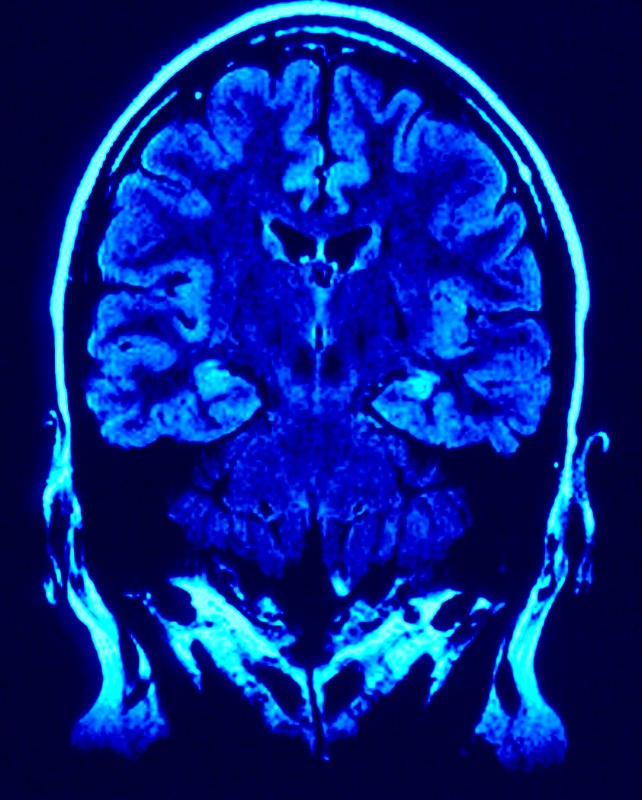
While my morning routine typically only involves a large cup of coffee, increasingly more Americans are beginning their days with a set of sun salutations. Sun salutations are a series of poses originating from yoga, one of the most popular types of mind-body interventions in the United States. Along with yoga, other commonly recognized mind-body interventions (MBI) include meditation, mindfulness, Tai chi, and Qigong. Despite the fact that each of these activities differ in the amount of physical effort required, they all view mental and physical health as single cohesive system.
The influence of overall mind-body intervention on health and wellness is an ancient concept that is now revolutionizing Western medicine. In the past, Western medicine has focused primarily on the health of the physical body. Yoga and meditation were viewed as beneficial, but were less likely to be recommended by clinicians as a method for relief. Now, with recent developments in gene expression analysis techniques, we have a better understanding of biological mechanisms and how they interact with psychological variables. A possible shift in clinician’s philosophies can be seen in the steady rise in the complementary health approaches of yoga, Tai chi, and qi gong1.
To completely understand how MBI affects a person’s health, we must first realize the links between stress and the conserved transcriptional response to adversity (CTRA). CTRA refers to the common molecular pattern discovered in individuals facing hardship. Whether it be in the form of diagnosis of a life-threatening disease or the death of a loved one, the characteristics of CTRA stay consistent. CTRA causes an influx in the production of epinephrine and norepinephrine. These neuromodulators then affect the production of transcription factors.
Continue reading ““Reverse” Molecular Reactions in DNA through Mind-Body Interventions”
 When my my Mother’s sister, Pat, was seven years old, she was in a car-bicycle accident that resulted in some very serious brain trauma. She spent better than a year learning to walk and talk again, and although there were some lasting personality changes, she went on to earn a nursing degree and live an independent life. When I think of My Aunt Pat, I can’t help but marvel at what the human brain can do. Damaged brain tissue does not re-grow, but still the brain can find a way to rewire itself to circumvent damaged areas.
When my my Mother’s sister, Pat, was seven years old, she was in a car-bicycle accident that resulted in some very serious brain trauma. She spent better than a year learning to walk and talk again, and although there were some lasting personality changes, she went on to earn a nursing degree and live an independent life. When I think of My Aunt Pat, I can’t help but marvel at what the human brain can do. Damaged brain tissue does not re-grow, but still the brain can find a way to rewire itself to circumvent damaged areas.